Cooking with Solar Energy
by Sunny Rehler
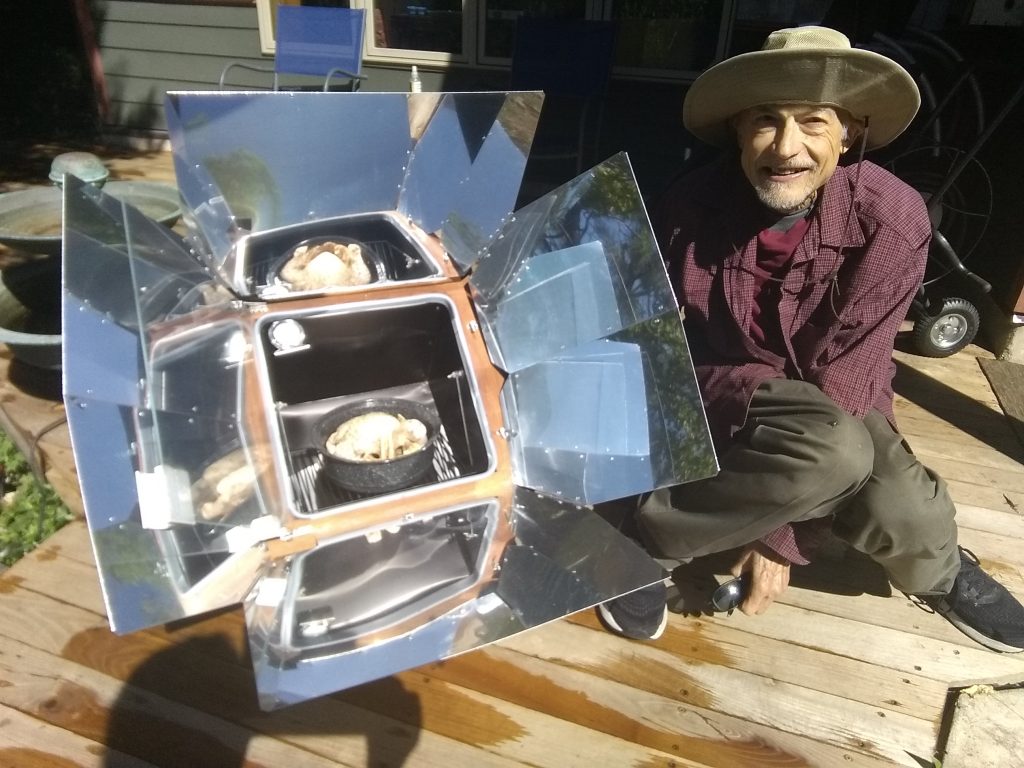
All photos in this post are credited to Kent and Robin Becker
For the past few months, I have been using a solar oven for cooking and baking here at the Julian Woods Community. At a time when we are striving to reduce our dependency on non-renewable sources of energy, this is an easy way to make use of the free solar energy available to us and also to minimize adverse environmental impact of cooking with other methods.
There are many advantages to using a solar oven.
1) Solar ovens are safer because they use no flammable fuel or fire. There is no chance of an accidental fire. In addition, they produce no smoke or noxious fumes during the cooking process. Smoke can irritate the lungs and adds to pollution of the environment.
2) During an emergency with a long-term power outage a solar oven may be the only way for us to cook our meals (at least during the times when the sun is shining). If a solar oven is not available, it is possible to make one’s own oven using common materials found in most households.
3) A solar oven functions very similar to a crock-pot slow cooker. The cooking process occurs at a relatively low temperature. Thus one is not required to stir and there is little risk of burning the food. Also more nutrients are preserved, since many nutrients are destroyed or degraded by high heat. To be specific, the content of
water-soluble (Vitamin C and the B Vitamins) and fat-soluble vitamins (A, D, E and K), as well as the content of many minerals is reduced in foods cooked or baked with high temperatures! (1) As an added benefit, little or no water is used in most solar oven recipes, which means that there is little or no leaching of the nutrients into the water!
4) It is portable, convenient for camping trips
5) It can be used to sterilize water, if the cleanliness of one’s water supply is in doubt.
6) The kitchen stays cool, because the oven is outside!
7) A solar oven is useful, not only for cooking and baking, but also for dehydrating veggies and fruits, and making jams, jellies, tomato sauce and ketchup!
Among the disadvantages of using a solar oven are that one is limited to use during times when the sun is shining most of the day. Even when the sun is shining solar cooking requires patience and advance planning. I have found out from experience that it is important to start early in the day to take maximum advantage of the most direct sunlight, especially if one is baking or cooking food, not just warming it up.
There is a non-profit corporation called Persons Helping People dedicated to promoting the ideas of solar cooking both in the U.S. and among the three billion people worldwide who lack adequate fuel for cooking their food. In brief the PHP helps alleviate hunger in developing countries by “helping people help themselves”(2)
.
Use of the sun for energy and food preparation has a long history. There is good evidence that people in the 7 th century B.C. were already focusing the rays of the sun through a type of magnifying glass to start fires!(3) In the 1700s and 1800s, sea voyagers were able to power solar ovens for cooking while at sea. Early Christians known as “Essenes” prepared a type of unyeasted bread called Essene or Manna bread.(4) It was made simply from sprouted wheat berries with a little salt. The sprouted wheat berries were ground up and this “batter” was flattened, then set out in the hot sun and the result was Manna Bread. Traditionally Manna Bread was cooked or baked in the sun. However Manna Bread can also be prepared as a type of “raw food”, if one simply dehydrates the batter! I generally use a variety of different types of grains and mix the processed grain with ground flax seeds to thicken the batter.
The health advantages of Manna Bread are many.
1) Nutrients are preserved due to the low temperatures used during preparation.
2) The whole wheat berry (or whole grain berries) are used, including the bran, germ and endosperm).
3) The sprouting process enhances the nutrition of the bread. During the germination many nutrients are released and become bioavailable. (In most types of bread, vitamins and minerals are bound up in the fiber, thus not bioavailable.)
4) Sprouted grain bread is easier to digest!
Sunny Rehler
Resident of Julian Woods Community
(1) “SOLAR COOKING- Blue Rock Station Style” by
Annie Warmke, page 6 (Blue Rock Station Press
2006)
(2) www.solarovens.org
(3) news.energysage.com/the-history-and-invention-of-solar-panel-
technology/
(4) “Everything Essene Bread: Simple Guide to Essene
Bread, (Manna Bread/Sprout Bread) with Recipes”
by Karen Romani (Author) Format: Kindle Edition
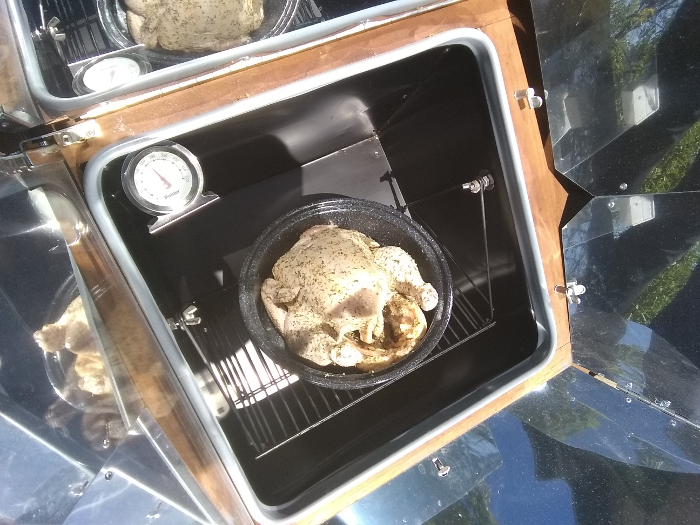
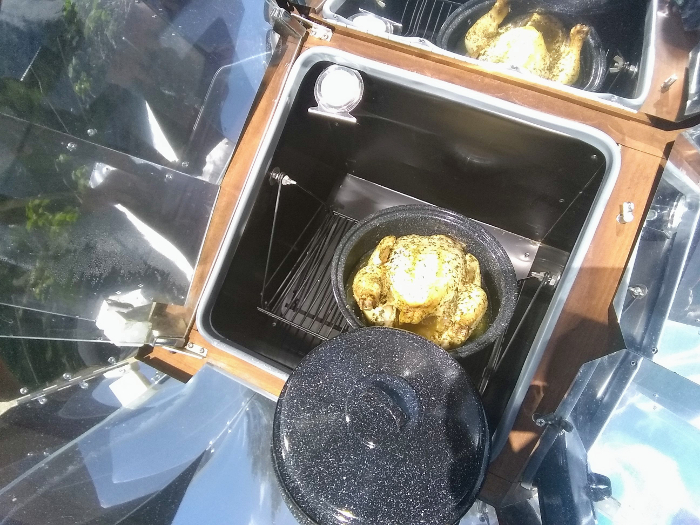
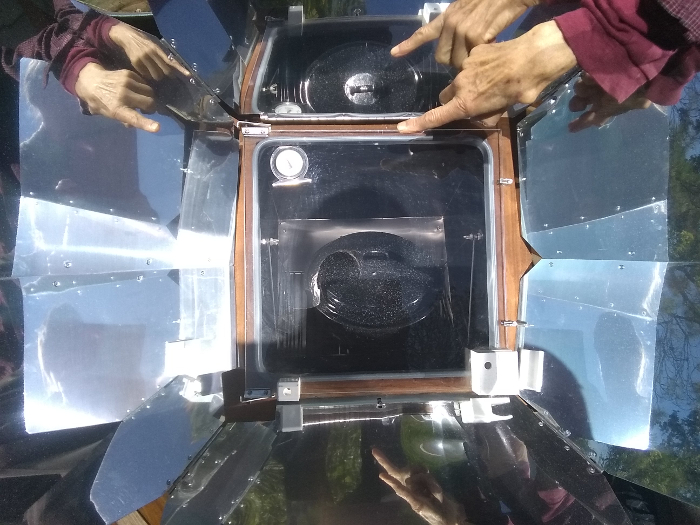


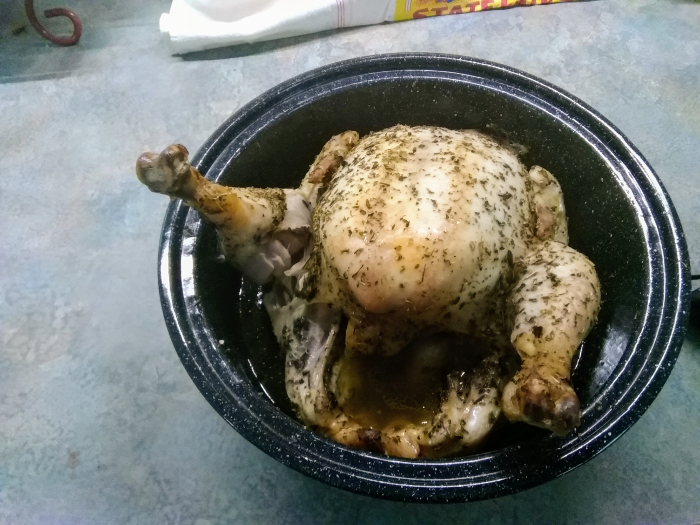
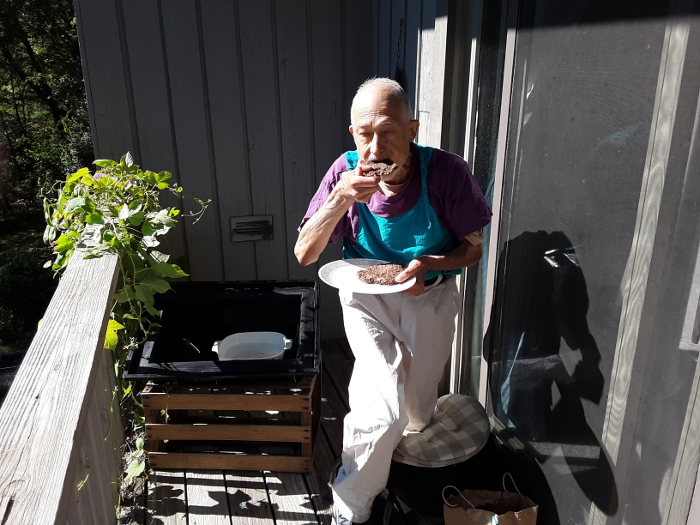
1 Comment
Maura · October 5, 2023 at 1:17 pm
Very interesting article! I need to get a solar oven.